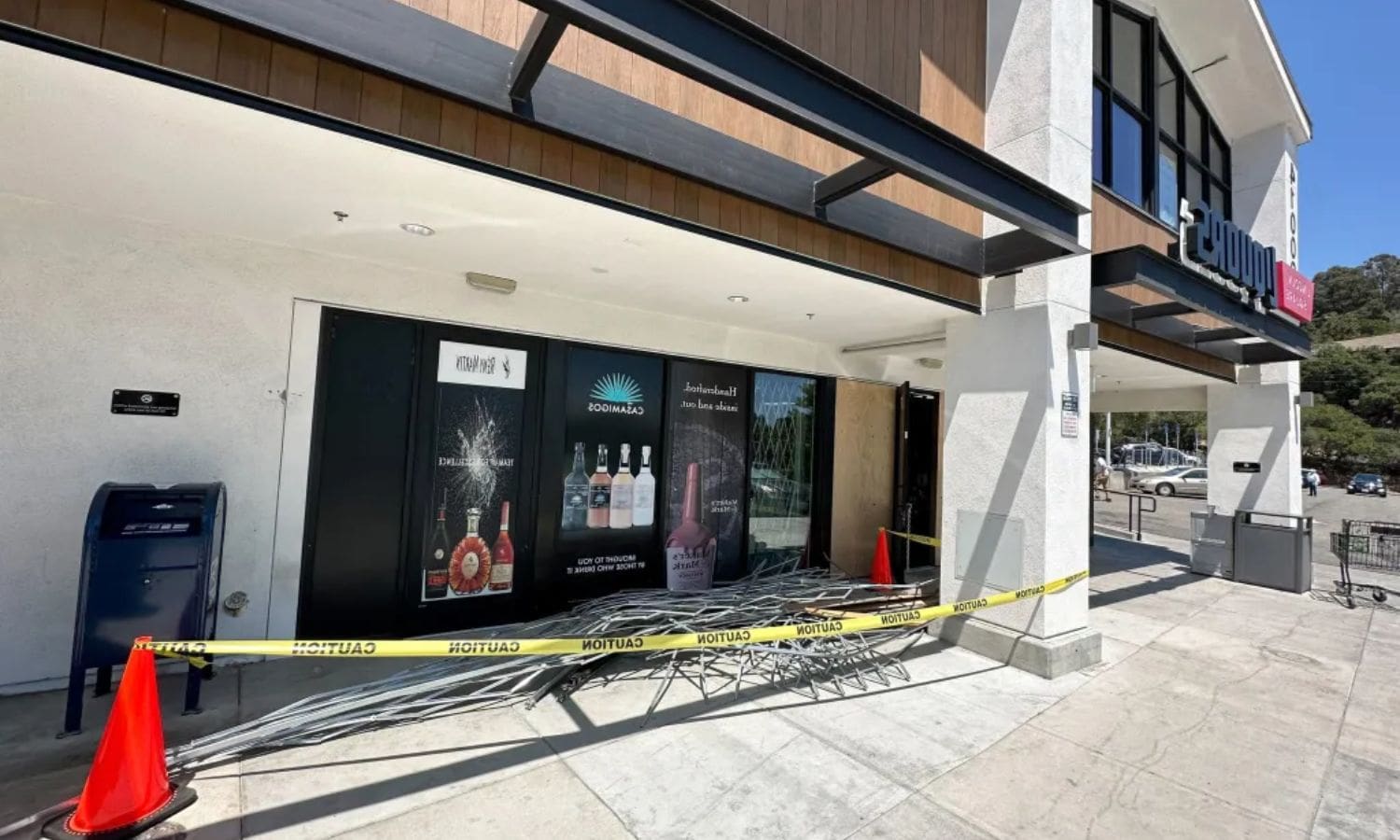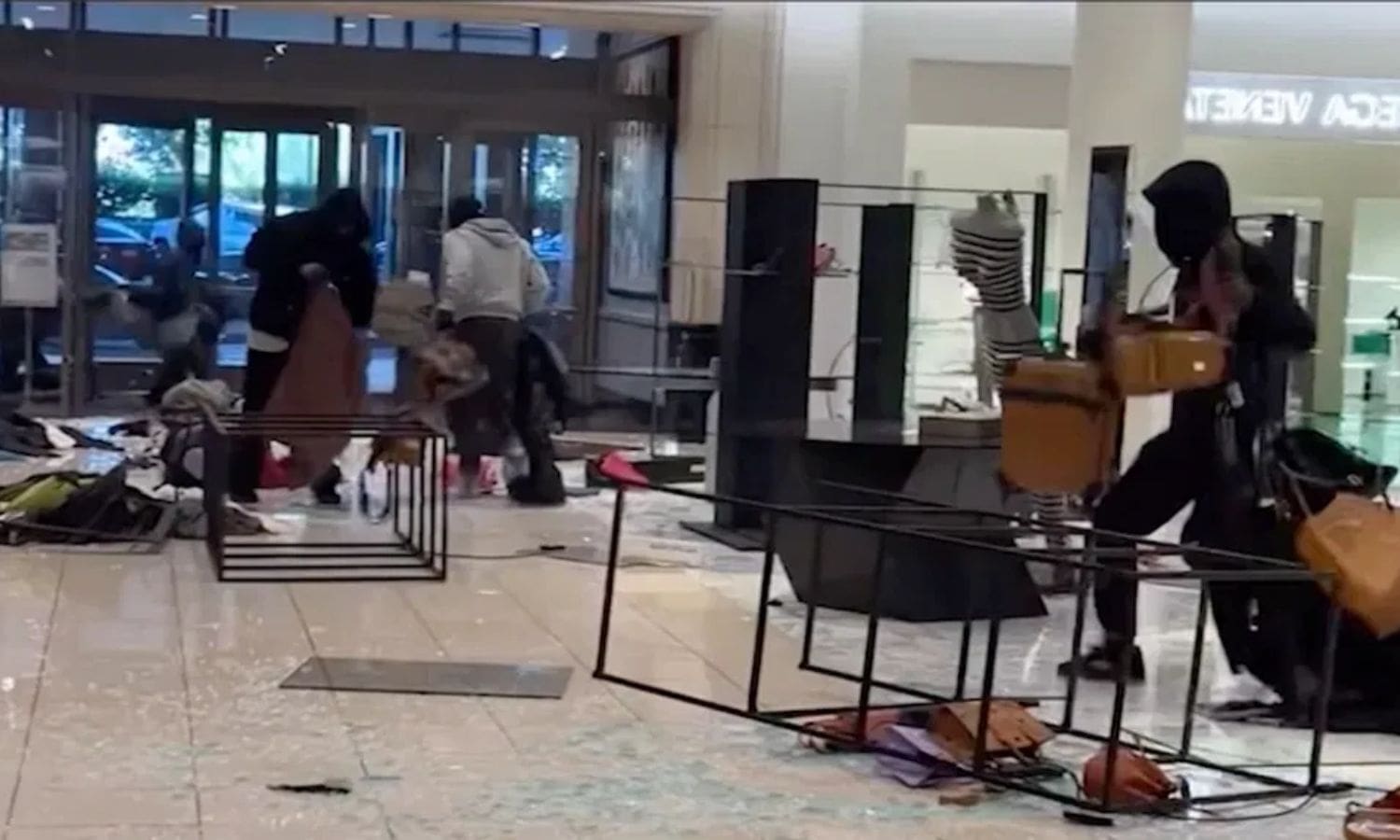California 267M Dollar Boost: California has taken a significant step in combating organized thefts with the approval and allocation of a $267 million grant. This crucial funding aims to support various recipients and implement effective utilization strategies.
However, controversy surrounding the Los Angeles District Attorney and the governor’s emphasis on the issue have sparked debates.
We will explore the details of this boost and its potential impact on reducing organized thefts in California.
Key Takeaways Of California 267M Dollar Boost
- The California Board of State and Community Corrections approved a $267 million grant to aid 51 cities and counties in combating thefts.
- The funds will be used to strengthen law enforcement capabilities, enhance security measures, and invest in cutting-edge technology.
- Major recipients of the grant include the Orange County Sheriff’s Department, Los Angeles County Sheriff’s Department, and Los Angeles Police Department.
- The allocation underscores California’s commitment to tackling organized thefts and has resulted in increased coordination and cooperation among law enforcement agencies.


Also Read: California Becomes First State to Offer Health Insurance: All Undocumented Immigrants
Grant Approval and Allocation:
The California Board of State and Community Corrections has approved the allocation of a substantial $267 million in state grants to aid 51 cities and counties in their efforts to combat a surge in various thefts.
This significant financial boost will enable these local communities to strengthen their law enforcement capabilities, enhance security measures, and invest in cutting-edge technology to deter and apprehend organized criminals.
The grant approval and allocation process involved a thorough evaluation of each city and county’s specific needs, ensuring that the funds are distributed strategically and efficiently.
In addition to funding law enforcement initiatives, the grants will also support community outreach programs aimed at educating residents about crime prevention and fostering a sense of unity and vigilance.
Recipients and Allocation Details:
Receiving a substantial portion of the state grant, several law enforcement agencies and district attorney’s offices in California are poised to strengthen their efforts against organized thefts.
The major recipients of the state grant include:
- Orange County Sheriff’s Department
- Los Angeles County Sheriff’s Department
- Los Angeles Police Department
- Orange County District Attorney’s Office
- Riverside County District Attorney’s Office
These agencies and offices play a crucial role in maintaining law and order in their respective jurisdictions. With the allocated funds, they will be able to enhance their resources, technology, and manpower to combat organized thefts effectively.
The Orange County Sheriff’s Department, Los Angeles County Sheriff’s Department, and Los Angeles Police Department will be better equipped to investigate and apprehend criminal networks involved in organized thefts. Similarly, the Orange and Riverside counties’ district attorney’s offices will have the necessary resources to prosecute and bring these criminals to justice.
This allocation of funds underscores the commitment of the state of California to tackling organized thefts head-on.


Utilization Strategies:
To effectively utilize the allocated funds, law enforcement agencies and district attorney’s offices in California will implement comprehensive utilization strategies aimed at enhancing their investigative capabilities and prosecuting criminal networks involved in organized thefts.
These strategies will focus on establishing specialized units dedicated to tackling organized thefts, providing them with the necessary resources and training to effectively combat this growing problem.
Additionally, the funds will be used to enhance crime pattern tracking technology, allowing law enforcement to identify and predict patterns of organized thefts more efficiently. This will enable them to allocate their resources effectively and target their investigations towards the areas and individuals most likely to be involved in these criminal activities.
Furthermore, preventive measures will be strengthened, including increased collaboration with businesses and community organizations to raise awareness and implement security measures that deter organized thefts.
Controversy Surrounding Los Angeles District Attorney:
Los Angeles District Attorney George Gascón has faced significant controversy surrounding his decision not to seek grant money, with critics questioning his ability to effectively lead against crime. The controversy has sparked intense debate and raised concerns about the district attorney’s priorities and commitment to public safety. Here are five key points of contention:
- Lack of resources: Critics argue that by refusing grant money, Gascón is depriving his office of much-needed resources to combat crime effectively.
- Failure to address rising crime rates: Opponents claim that Gascón’s decision undermines public safety efforts and fails to address the alarming increase in crime rates, particularly in violent offenses.
- Disregard for victims’ rights: Critics argue that Gascón’s policies prioritize the rights of offenders over the rights and needs of victims, leading to frustration and disillusionment among crime victims and their families.
- Strained relationships with law enforcement: The district attorney’s stance on criminal justice reform has strained his relationships with law enforcement agencies, leading to concerns about collaboration and effective crime-fighting strategies.
- Lack of transparency: Some critics suggest that Gascón’s decision not to pursue grant money raises questions about transparency and accountability in his decision-making process, leaving the public in the dark about his true intentions and priorities.
This controversy surrounding Gascón’s decision not to seek grant money has ignited a heated debate about the role of the district attorney in ensuring public safety and addressing the concerns of the community.
Governor’s Emphasis and Overall Impact:
The governor’s emphasis on combating organized thefts in California has had a significant impact on law enforcement efforts and the overall fight against organized crime. By providing law enforcement with grants totaling $267 million, Governor Gavin Newsom has demonstrated a commitment to equipping them with the necessary resources to apprehend and prosecute individuals involved in organized thefts.
This funding boost marks a crucial step in California’s ongoing efforts to tackle organized crime, sending a clear message that such activities will not be tolerated. The impact of the governor’s emphasis can be seen through the increased coordination and cooperation among law enforcement agencies, as well as the improved ability to target and dismantle criminal networks. This comprehensive approach has yielded positive results, making California a safer place for its residents and businesses.
| Positive Impact | Negative Impact |
|---|---|
| Increased funding for law enforcement | None reported |
| Enhanced ability to apprehend and prosecute criminals | None reported |
| Improved coordination among law enforcement agencies | None reported |
| Deterrence effect on organized crime activities | None reported |
| Increased safety for residents and businesses in California | None reported |

Conclusion Of California 267M Dollar Boost
The recent $267 million boost in funding for California is a crucial step in combating organized thefts. The grant approval and allocation, along with the utilization strategies, will help address this growing issue.
Despite the controversy surrounding the Los Angeles District Attorney, the governor’s emphasis on tackling thefts will have an overall positive impact on the state.
This investment is a significant move towards ensuring the safety and security of Californians.

